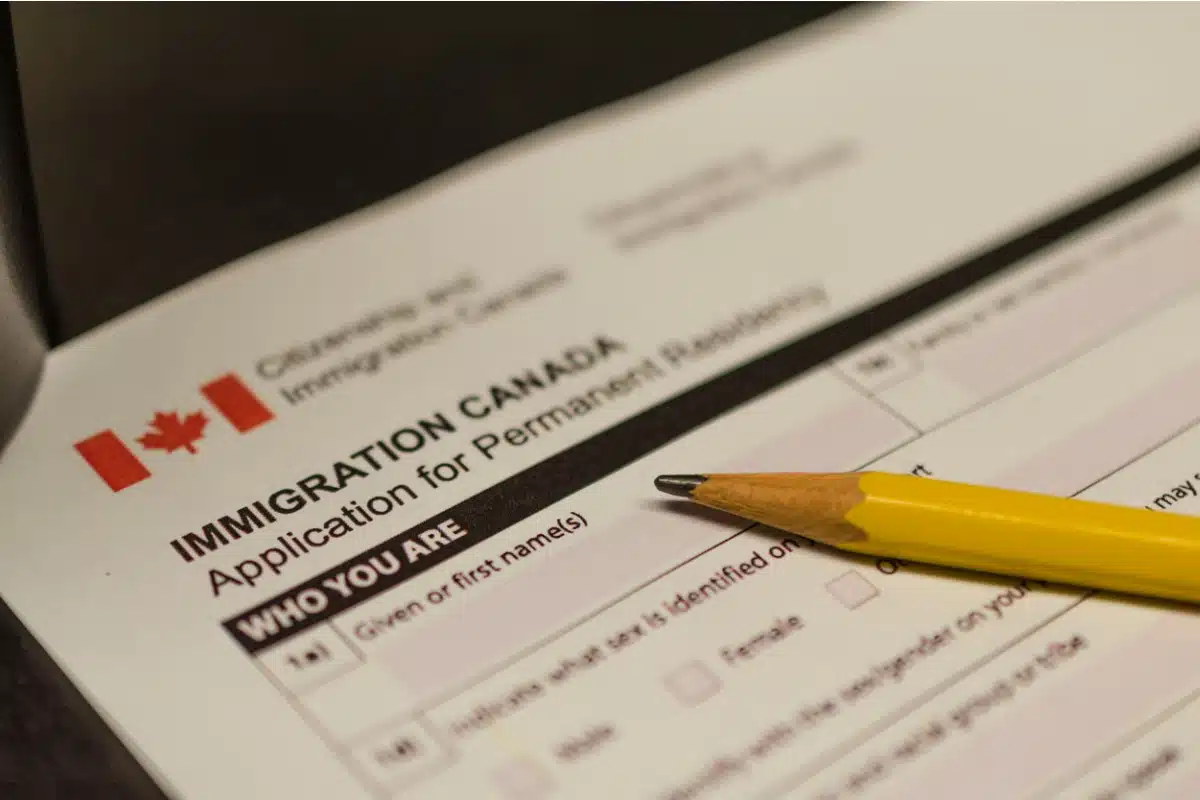Federal and provincial immigration officials are in discussions to make significant changes to Post Graduation Work Permit (PGWP) eligibility. The PGWP is an open work permit, available to international students who have completed an eligible program of study at a Designated Learning Institution (DLI).
According to notes from the IRCC Deputy Minister Transition Binder 2024, Canada’s immigration system will look to align issuance of PGWPs to labour market needs—facilitating “access to work permits for students entering occupations in shortage, while reducing access for graduates from other programs”.
Per the Binder, “advice on this issue will be provided by the Minister in spring 2024, with the goal of implementing changes in January 2025”.
This news was further highlighted by an internal survey document recently sent to relevant stakeholders, from Immigration Refugees and Citizenship Canada (IRCC). This document revealed some of the methods IRCC will use to align educational programs with PGWP availability and posed questions for feedback from stakeholders.
How would IRCC implement these new PGWP restrictions?
While exact information on how the immigration department will implement these changes is not known, notes from the internal survey documents reveal some details.
According to the internal document, both IRCC and Employment and Social Development Canada (ESDC) have mapped job titles to programs of study, to better understand which educational programs provide international students with relevant skills and experience to contribute to in-demand sectors of the Canadian economy.
This was done through synchronising Canada’s National Occupation Classification (NOC) system, with the Classification of Instructional Programs (CIP) system. While the NOC system is used to categorise and classify occupations in Canada, the CIP system preforms a similar function for educational programs, classifying them by field of study. The internal document uses the example of the “carpenter” NOC being mapped to “three programs of study: construction trades, carpentry, and woodworking/general”.
Why is IRCC pursuing these changes to the PGWP program?
To reiterate, IRCC states that the “goal of re-aligning labour market needs is to facilitate access to work permits for students entering occupations in shortage, while reducing access for graduates from other programs.”
Canada’s PGWP program was last updated in 2008, to enable the issuance of open work permits to international graduates based on the length of their study. IRCC notes that between 2018 and 2023, work permits issued under the PGWP increased by 214%.
Sweeping changes announced by IRCC regarding temporary residence levels (those on a work/study permit or with a visitor visa, or electronic travel authorization (eTA)) in Canada, may reveal further motivations of the government.
Following the announcement of an international student cap in January of 2024, IRCC made the historic move of declaring the implementation of temporary resident levels to be included in the annual Immigration Levels Plan—for the first time in the country’s history. This move was facilitated to not just prioritise the hiring of permanent residents and citizens for jobs; but primarily as a method of reducing stress on Canada’s social systems (healthcare, housing, etc.) which have been put under considerable stress—via the reduction of new temporary residents to Canada annually.
Immigration implications
Gaining Canadian work experience through the PGWP is a key method for international graduates in Canada to build eligibility for many permanent residence (PR) programs. Many federal and provincial economic PR programs for example, —the kind of programs international graduates are usually good candidates for—often require at least a year of relevant work experience for graduates to be eligible to apply.
These proposed changes to the PGWP program, if acted upon, would likely have downstream immigration effects, even for those who are already studying in Canada at the time of its implementation.
This is a developing story; CIC News will continue to provide updates as they become available.

